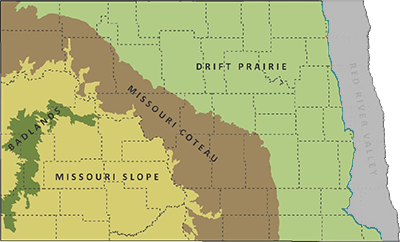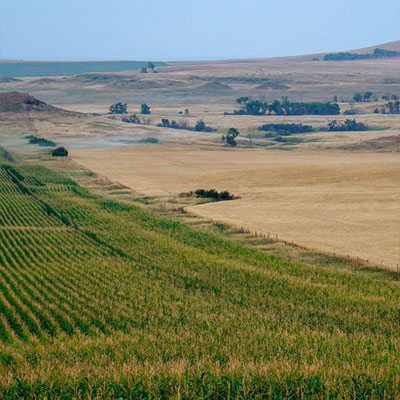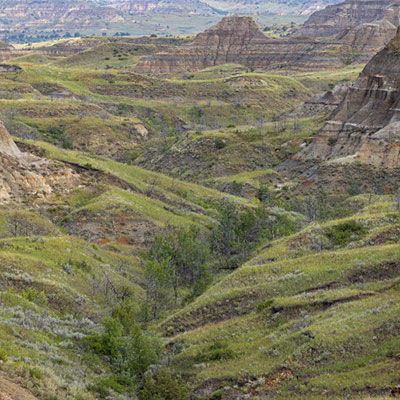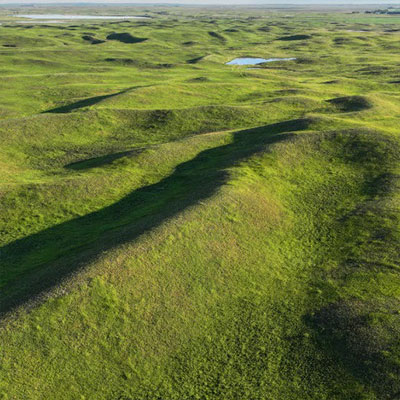Sharp-tailed Grouse

NDGF
L 17”, WS 25”, 1.9lb. Light-colored overall with heavy dark barring on back, head, and wings. Pointed tail, yellow crest above the eye, and purple air sacs.
Status in North Dakota
Year-round resident. Peak breeding season late April to late July.
Reason for SWAP Designation
At-risk, ND range important (SGCN b.).
ND ranks 2nd out of 14 states for highest percent of the global population (17.78%) during the breeding season (eBird).
ND has high stewardship responsibility for this species.
Threats
Loss of grassland.
Degradation of grasslands from invasive plants, woody encroachment, succession, and loss of diversity.
Loss of ranching heritage and grass-based operations, grazing is essential to grassland health and diversity.
Classified as climate-endangered, Sharp-tailed Grouse is projected to lose more than half of its current distribution by 2050, with no net gains of new areas (Audubon).
Increasing applications of agrochemicals and possible impacts to food availability for broods.
Mortality from collisions with fences, utility wires, and vehicles.
Viewing grouse dancing on leks during the spring is a popular activity but can cause disturbance.
Males appear more tolerant of this disturbance than females.
Research and Monitoring
Habitat requirements and demographic studies have been broadly researched on the breeding grounds.
The NDGF and cooperators conduct a complete census on long-term blocks to provide an index of Sharp-tailed Grouse.
Late summer roadside counts for broods are also conducted.
Management Recommendations
- Protect and conserve intact tracks of native prairie/unbroken grassland.
- Reconstruct or restore grassland adjacent to existing tracts of native prairie/unbroken grassland.
- Use native grasses and forbs when replanting or restoring grassland.
- Promote well-managed grazing lands and working grasslands for biodiversity, sustainability, and resiliency.
- Protect leks and the surrounding habitat from loss or destruction.
- Use rotational disturbance every 3-5 years, with prescribed burning as the preferred method.
- Develop grazing plans that provide residual vegetation for the following spring and eliminate over-utilization of woody draws, mesic swales and riparian areas.
- Control tall woody vegetation.
- Do not mow or hay from April 15 – August 1.
- Conscientious and appropriate application of agrochemicals.
- Avoid constructing fences through or near leks and install visibility markers to existing fences.
- Follow beneficial or best practices during the design, siting, construction, operation, and maintenance of tall structures (e.g. transmission lines, communication towers, wind turbines).





